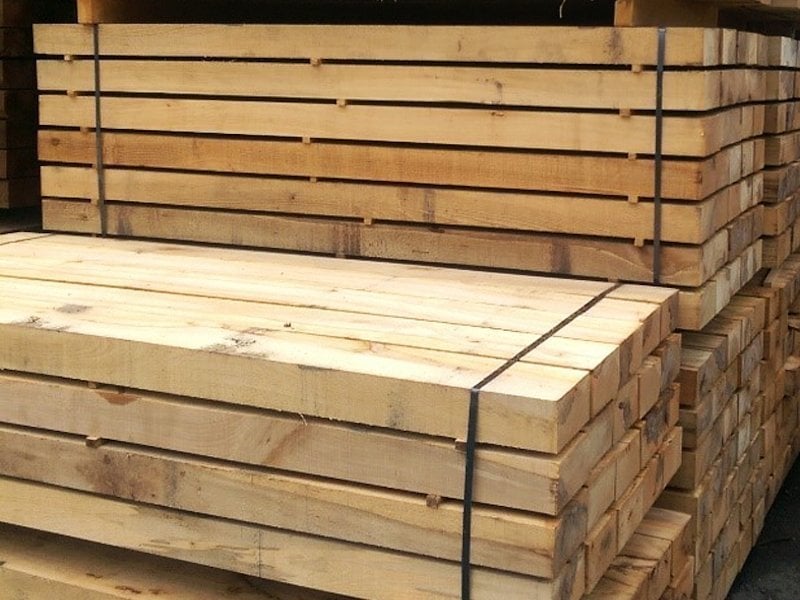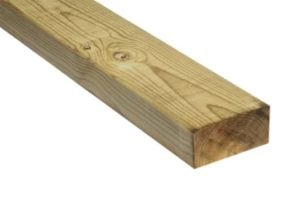Looking for a cost effective way to revamp and refresh your garden and outdoor space?
Treated Timber Sleepers may be the answer!
Our quick read highlights this versatile timber, which can be used for a wide variety of projects; from garden edgings to retainer walls.
Approx reading time: 3 minutes
Sleepers for easy garden landscaping
Garden sleepers provide quick, easy landscaping solutions to garden steps, raised beds and retaining walls. In the space of an afternoon, you can transform your outdoor space with these large lengths of external timber. Natural wood sleepers are really attractive in any style of garden and soften up the look of paved and graveled areas. They age beautifully, too, changing in colour to a silvery grey, and last an extremely long time.
Why buy new railway sleepers?
New railway sleepers are available in durable hardwood and treated softwood. They’re in much better condition than reclaimed railway sleepers and are available in more practical sizes for garden projects. They’re not soaked in creosote either, making them a more environmentally friendly option.
Softwood or hardwood sleepers?
Hardwood sleepers are much denser than softwood sleepers and it means they last longer out in the garden. They’re great for retaining walls and structures that come into contact with damp ground. However, they weigh almost twice as much as a softwood sleeper.
Premium graded Oak Railway Sleepers are versatile, really solid sleepers from sustainable sources. Untreated, they will silver over time or they can be treated with your preferred wood stain. Great for making anything from outdoor seating to patio retaining walls.
Softwood sleepers are made from European pine or redwood. They’re lighter, and easier to handle, saw and drill. Treated, tanalised green sleepers also change colour to a soft grey over the years.
Treated Softwood Sleepers have planed straight edges and are pressure -treated against rot, fungal attack and insect damage. The treatment penetrates deep into the sleeper to extend the life of the timber and making them perfect for all kinds of garden projects from edging, raised beds, to steps and pathways.
What does a standard sleeper typically measure?
Width: 200 – 250mm
Depth: 100 – 125mm
Length: 1.8 – 2.4 metres
Weight: 28kg (softwood) – 50kg (hardwood)
Ideas for using garden sleepers
New railway sleepers are great alternatives to bricks or paving slabs to create structure in your garden.
- Garden edging: sleepers create instant, easily installed contemporary edging to a gravel driveway, path or patio. Used at single height, on their flat or on the edge, they keep gravel in place and protect lawn and patio edges.
- Raised beds: 2.4m sleepers are the best choice for a raised bed project, with three sleepers making a layer 2.4m x 1.2 m. Stack your sleepers up to your preferred height depending on the depth of soil you need.
- Steps and pathways: cut into shorter sections, sleepers make steps and paths that blend naturally into an informal garden. Infill with gravels and decorative chippings or stones for a softer landscaping look.
- Retaining walls: use sleepers horizontally or embed vertically in concrete to create attractive retaining walls around patios. They’re perfect for dealing with a change of level in a sloping garden, holding back earth and creating much more useable terraced areas.
Explore the versatility and durability of our softwood sleepers for yourself, and transform your outdoor space today!

FREE delivery is available if your delivery address is within a 20 mile radius of one of our branches. We deliver Monday to Friday, between 8am and 5pm and usually within 3 working days of receiving your order.





